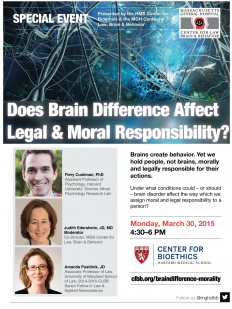By Fiery Cushman and Adam Morris | Proceedings of the National Academy of Sciences | September 10, 2015
Abstract:
Humans choose actions based on both habit and planning. Habitual control is computationally frugal but adapts slowly to novel circumstances, whereas planning is computationally expensive but can adapt swiftly. Current research emphasizes the competition between habits and plans for behavioral control, yet many complex tasks instead favor their integration. We consider a hierarchical architecture that exploits the computational efficiency of habitual control to select goals while preserving the flexibility of planning to achieve those goals. We formalize this mechanism in a reinforcement learning setting, illustrate its costs and benefits, and experimentally demonstrate its spontaneous application in a sequential decision-making task.





